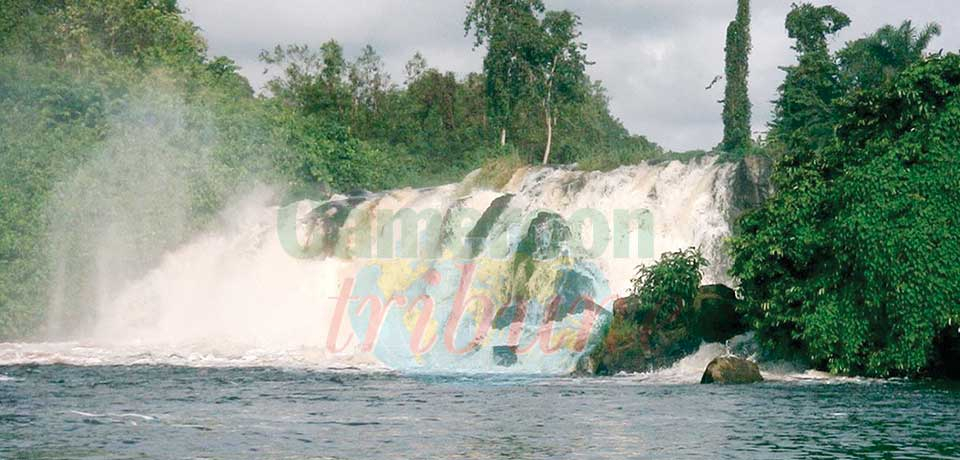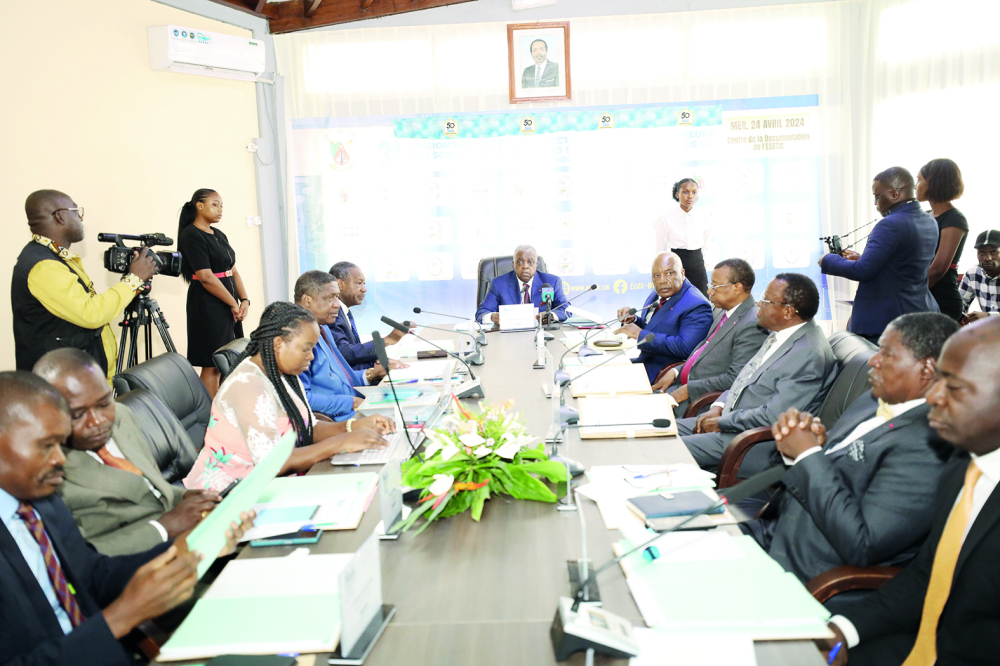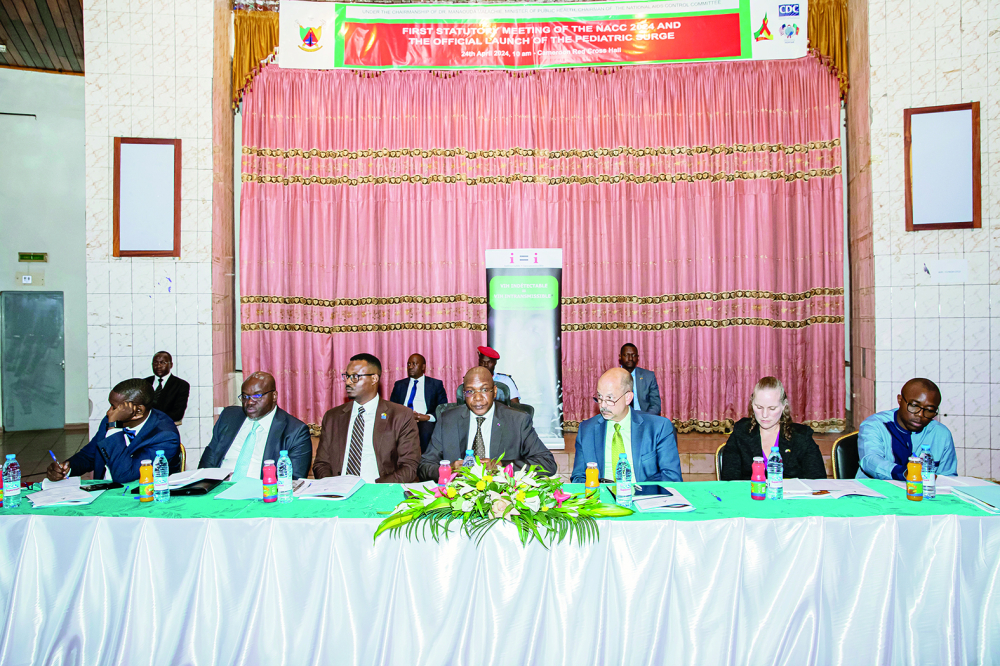UNESCO Heritage Site : Locations Pending Recognition
- Par Brenda YUFEH,
- 03 déc. 2021 11:07
- 0 Likes

Zoom on the Bambia Slave Trade site, the Lobe Waterfall and the Nguon Festival in the West Region.
Cameroon, African in miniature has more than two hundred ethnic groups that make the rich artistic and cultural heritage. Pygmies, Bantus, Sudanese, Arab-Berter and others make up the extraordinary explosion of the population, each bringing its tradition, arts and music. The country also has a landmark of sites having special cultural, historical, scientific or other forms of significance that need recognition from the United Nations Educational, Scientific and Cultural Organisation (UNESCO) as a World Heritage Site. Some of the sites pending recognition are the Lobe Waterfalls in the South Region, the Bimbia Slave Trade site in the South West Region and the Nguon Festival in the West Region.
The Bimbia Slave Trade Site
Since 1987 when the government started measures to bring the abandoned place to the eyes of the world, tourists have been visiting the place which bears scars and painful memories of the slave trade. Bimbia is a historic Slave Trade site in the Limbe III municipality, Fako Division of the South West Region. It served as a slavery port during the transatlantic slave trade involving African countries, the Europeans and America. Talking about slave trade, few places have stories to tell as moving as that of Bimbia. Centuries ago, Africans bundled up like cargo and marketed as slaves to be sailed off to America took this route. Relics of the transatlantic trade can be seen today in Bimbia. Bimbia still bears traces of the slave trade, such as buildings in which slaves were kept, padlocks, chains and many other utensils used by the slave masters. At the site is a vast ecotourism heritage such as the First Baptist Church in Cameroon, founded in 1843 by Joseph Merrick, the Alfred Saker Monument, the slaves quarters where one will discover the first and the second “doors of no return”. At the Bimbia site is also found the oil mill where the slave labour was used to produce palm oil for shipping abroad. There is also the tattooing room where the slaves were marked by their buyers. One can also discover the nichols’ island, from which nearly 166 slave ships left Bimbia for foreign destinations. Closer to the coastline is found the German Canons, pointing to the Nichols’ island where stubborn slaves were kept.
The Lobe Waterfalls
In April 2006, the government sent a tentative list to the United Nations Educational, Scientific and Cultural Organisation (UNESCO) for the Lobe waterfalls to be recognised as a World Heritage Site. This site exemplifies both cultural and natural values. The Waterfalls of Lobe is located at around 300km in the Southern part of Cameroon, about seven kilometres from the city of Kribi. The specificities of the falls are due to the groupings of streams that run along a series cascades over a distance of one kilometre and which form a majestic cloud around the falls. The highest falls measure 20 metres in height before tumbling into the Atlantic Ocean. The waterfalls of Lobe represent the crossroads of three riverside coastal civilizations (Pygmies, Batanga and Maabi) peoples who live in the environs. The fall represents the symbolic beliefs of the people. They associate the falls with various cultural rites and a historical and cultural wealth. It is a place for purification and healing. A visit to the waterfalls is possible aboard a fishing canoe, which takes its occupants to the bottom of the falls while offering them more interesting visibility amid some thrills. The shore is littered with a few street vendors selling artisanal products (paintings, sculptures, etc.), and it is possi...
Cet article complet est réservé aux abonnés
Déjà abonné ? Identifiez-vous >
Accédez en illimité à Cameroon Tribune Digital à partir de 26250 FCFA
Je M'abonne1 minute suffit pour vous abonner à Cameroon Tribune Digital !
- Votre numéro spécial cameroon-tribune en version numérique
- Des encarts
- Des appels d'offres exclusives
- D'avant-première (accès 24h avant la publication)
- Des éditions consultables sur tous supports (smartphone, tablettes, PC)














Commentaires